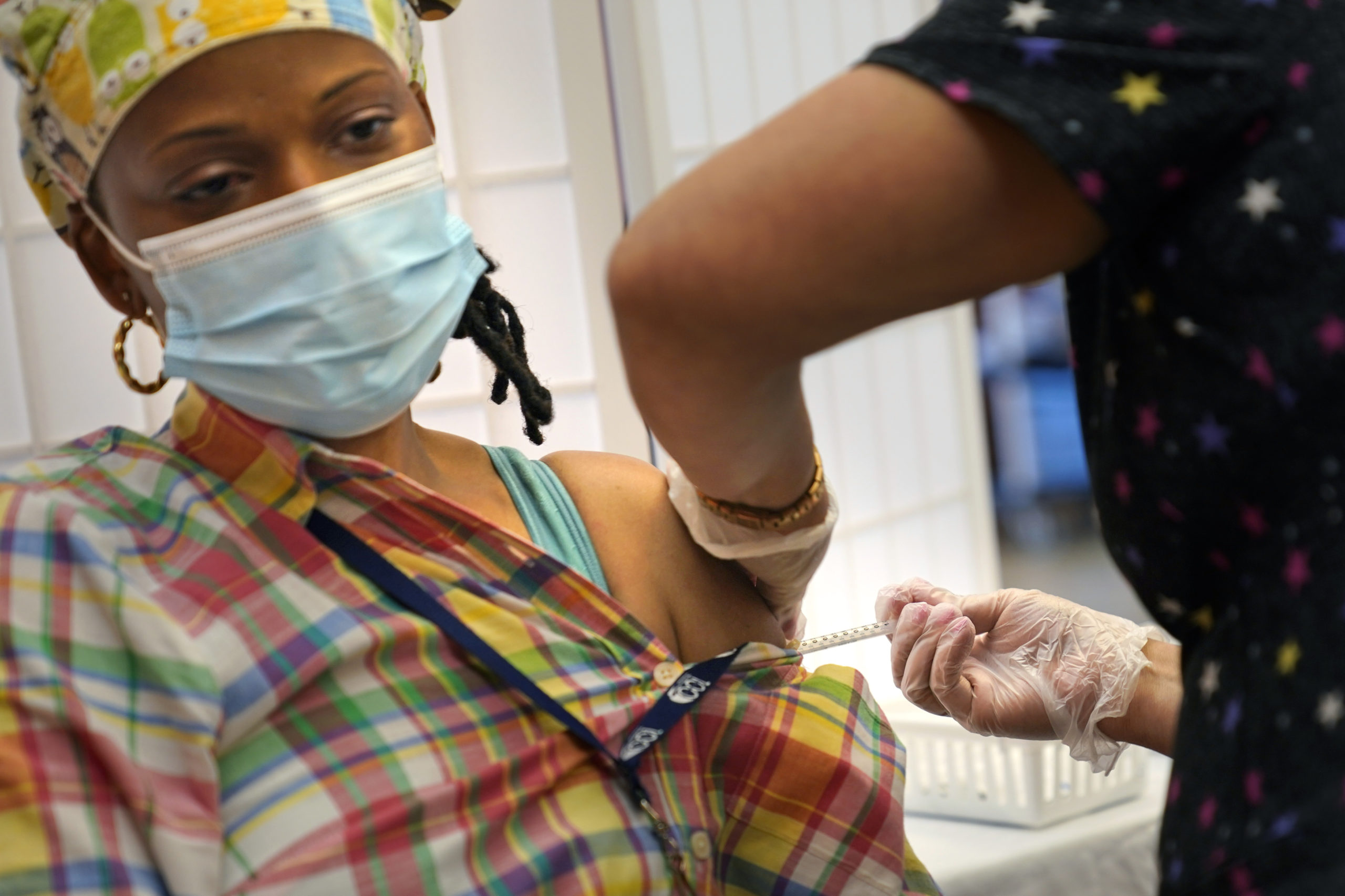Facing deadline, more NY healthcare workers vaccinate

Thousands of healthcare workers in New York faced with either getting the COVID-19 vaccine or losing their jobs received at least one dose as the statewide mandate neared, according to state figures released Tuesday.
More than 650,000 workers at hospitals and nursing homes in the state had until Monday to get their first vaccine dose under the new requirement.
Healthcare facilities on Tuesday reported suspensions of unvaccinated employees, and some had scaled back services in anticipation of fewer workers. But they largely appeared to avoid dire staffing shortages so far, according to industry administrators and representatives.

Brooklyn Boro
View MoreNew York City’s most populous borough, Brooklyn, is home to nearly 2.6 million residents. If Brooklyn were an independent city it would be the fourth largest city in the United States. While Brooklyn has become the epitome of ‘cool and hip’ in recent years, for those that were born here, raised families here and improved communities over the years, Brooklyn has never been ‘uncool’.